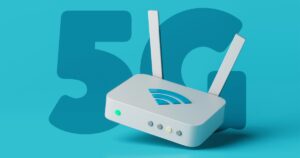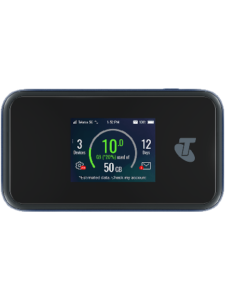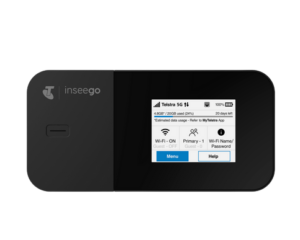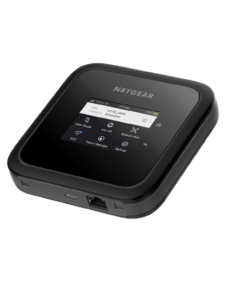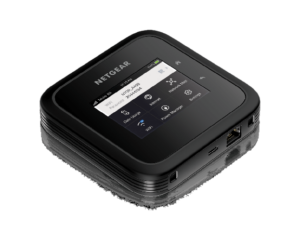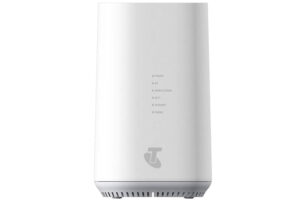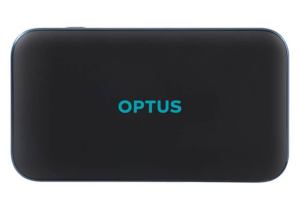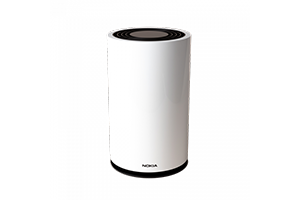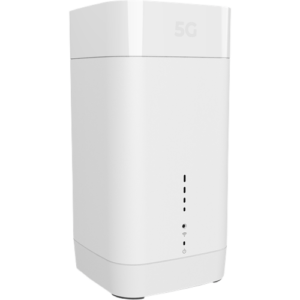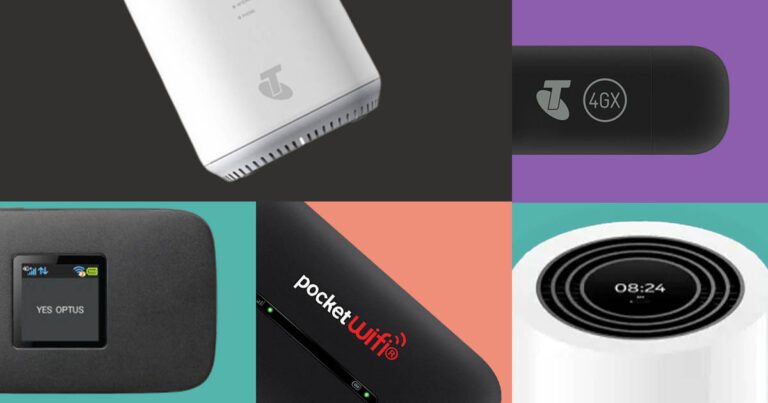Optus Mobile Review ALDI Mobile Review Amaysim Mobile Review Belong Mobile Review Circles.Life Review Vodafone Mobile Review Woolworths Mobile Review Felix Mobile Review Best iPhone Plans Best Family Mobile Plans Best Budget Smartphones Best Prepaid Plans Best SIM-Only Plans Best Plans For Kids And Teens Best Cheap Mobile Plans Telstra vs Optus Mobile Optus NBN Review Belong NBN Review Vodafone NBN Review Superloop NBN Review Aussie BB NBN Review iiNet NBN Review MyRepublic NBN Review TPG NBN Review Best NBN Satellite Plans Best NBN Alternatives Best NBN Providers Best Home Wireless Plans What is a Good NBN Speed? Test NBN Speed How to speed up your internet Optus vs Telstra Broadband ExpressVPN Review CyberGhost VPN Review NordVPN Review PureVPN Review Norton Secure VPN Review IPVanish VPN Review Windscribe VPN Review Hotspot Shield VPN Review Best cheap VPN services Best VPN for streaming Best VPNs for gaming What is a VPN? VPNs for ad-blocking While you can always tether a 5G phone when you’re within range of a 5G mobile network to tap into 5G speeds, a 5G modem is essential if you’re looking to rely on a high-speed connection for your home and ditch your NBN modem. Specifically, the Telstra 5G Wi-Fi Pro cites compatibility with both iOS and Android devices, while the Netgear Nighthawk M6 only lists Windows and MacOS compatibility. In other words, you can use the former with more devices than the latter. That said, given both of these devices are portable modem-routers that can connect to the Telstra mobile network and then connect devices via WiFi (there’s also an Ethernet port to connect to a single computer or to a router), these listed compatibility options don’t feel like all that meaningful of a difference. Ultimately, the biggest advantage here is the form-factor. The Telstra 5G Wi-Fi Pro is lighter and more compact, though that sleeker form factor comes at the cost of a smaller battery capacity and lower battery life. A single charge will get 13 hours of active use for the Netgear Nighthawk M6 vs nine hours for the Telstra 5G Wi-Fi Pro. The Inseego MiFi X Pro 5G ticks many of the same boxes as Telstra’s other 5G modems. It supports up to 32 devices over WiFi 6 and boasts a 5,050mAh battery with fast charging. There’s also an ethernet port for connecting wired devices plus 4G fallback that kicks in whenever and wherever 5G is unavailable. Those who opt for the 24-month plan option are looking at $11.08 per month on top of your usual Telstra mobile broadband bill. Speaking of which, those looking to make use of the Inseego MiFi X Pro will have to pair it up one of Telstra’s mobile broadband plans. Check out the widget below for a quick roundup of mobile broadband plans that go with the Inseego MiFi X Pro 5G modem. The most notable of these is physical size. While the Telstra 5G Wi-Fi Pro is a little thinner, the Nighthawk M6 is a more square in shape. This might make it slightly more pocket-friendly than Telstra’s house-brand option for some users. For those want something a little more high-spec, there’s also the Nighthawk M6 Pro. The 5G portable router boasts a slightly-faster Qualcomm processor, a slightly-larger screen and an upgrade to WiFi 6E. The modem relies on an easy-to-understand, light-based system for an indication of how strong the 5G signal is. There’s also a 2.5GB WAN/LAN port, four gigabit Ethernet ports, and a WPS push button for straightforward WiFi connectivity with compatible devices. For faster local network speeds, the Telstra 5G Home Modem has inbuilt WiFi 6, which means it won’t be a bottleneck when connecting WiFi 6 devices to the speedy potential of 5G internet. It’s a dual-band router, too, meaning you can take advantage of the faster 5GHz local WiFi band and the longer-range 2.4GHz band, too. You can punch in your address on the Telstra 5G home broadband page to see if you’re lucky enough to be eligible for it. If you are and you sign up, Telstra will throw in the first month for free. Excluding any discounts or promotion, the Telstra 5G Home Internet plan will cost you $85 per month. That includes 1TB of data, with typical evening download speeds of between 50Mbps and 600Mbps and typical upload speeds of 10Mbps and 90Mbps. Check out the widget below for plans that include the router: The Nokia FastMile 5G gateway is built to stay hooked up inside your home and operate like a normal modem. If 5G is unavailable in your area, either currently or temporarily, the Nokia 5G modem automatically connects to the relevant 4G mobile network as a backup. At the time of writing, the Nokia FastMile 5G Gateway is also the modem of choice for almost every 5G home internet provider in Australia that isn’t Telstra. This is the hardware you’re probably going to be relying on if you sign up for a 5G home internet plan through Optus, Vodafone, TPG, iiNet, Internode or Spintel. Some customers will end up with the same Nokia FastMile 5G Gateway modem-router available from Optus, SpinTel and others. Meanwhile, others will end up with the Sagemcom F@st 5866T 5G modem router instead. Vodafone customers don’t really have a choice or say in which modem they receive. It’s a what-you-get-is-what-you-get sort of deal. Thankfully, while the looks vary, the capabilities found in the two devices do not. As with its Nokia-made counterpart, the Sagemcom F@st 5866T features a color-based lighting system that communicates signal strength, as well as a trio of ethernet jacks and a single USB port on the back. While the first wave of 5G modems to land in Australia were closer to portable WiFi modems than their stationary fixed-line counterparts, there are now a number of different options available to those seeking to connect to Australia’s 5G mobile networks. Regardless of whether you’d prefer a 5G WiFi modem or a 5G mobile router, you’ve got plenty of options to choose from. We have a whole page dedicated to the differences between modems, routers, modem-routers and networking switches. However, if you want the short version, a 5G modem has essential hardware that lets it connect to a 5G mobile network. But a 5G modem-router may also have dual-band WiFi connectivity, operating on the 2.4GHz and 5GHz wireless bands, where 5GHz is sometimes referred to in shorthand as “5G”. While a 5G modem-router with dual 2.4GHz and 5GHz wireless bands can connect your devices to a 5G mobile network, non-5G networking equipment that may still use a 5GHz wireless band cannot. It’s worth noting that the gigabit speed potential of 5G is best paired with the 5GHz wireless band if you want to take advantage of faster wireless internet speeds. 5G connectivity is named that because it is positioned as the fifth generation of wireless mobile networks. It was preceded by 4G, which was the fourth generation of mass mobile networking tech, and will eventually be succeeded by 6G. On the other hand, 5Ghz is named after the frequency that is used to wireless transmit data over short distances. In fact, at the time of writing, 10MATES is the only provider that offers a “secondary failover connection via 4G/5G”, which amounts to an external device that connects to an existing modem-router. If you’re happy to stick with 4G for the time being, you can check out the most popular plans that come with 4G backup modems below. However, the answer of the question of whether a 5G can replace a fixed-line NBN setup is going to vary wildly from person. Not only are every users connectivity needs different, but access to 5G is itself fairly fragmented. Many Australians are going to be just as likely to live in an area with competitive NBN options but poor 5G coverage as the opposite. If you fall into the former camp, then many of the advantages that a 5G home internet connection setup delivers are the same as you’d get out of a 4G home internet modem or 5G mobile router connection. If you’ve had to wait for weeks on an NBN technician, the fact that you can set up a brand new home wireless broadband connection in minutes will be music to your ears. Of course, the opposite is also the case. Regardless of whether they’re 5G or not, home wireless broadband plans can be more expensive than a regular home internet connection and unlimited data plans aren’t always available. Still, if you’re ready to cut the cord on the NBN and are lucky enough to have solid coverage, then the high-speeds offered by 5G might be tempting enough to sign up and give it a try. If you’re not sure where to start when it comes to 5G home internet, check out the widget below for a round-up of the most popular plans for a 5G WiFi modem.
